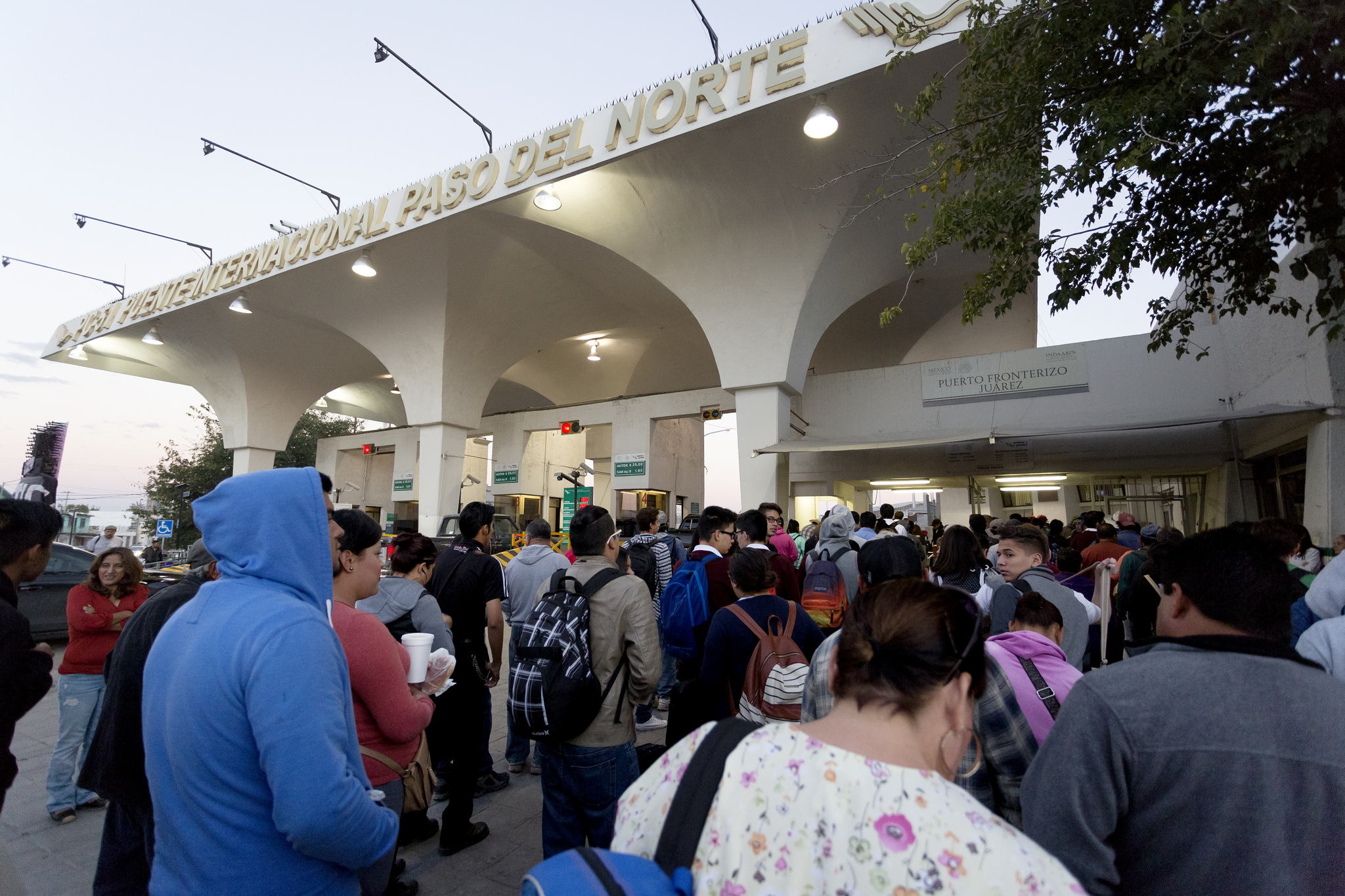While U.S. Secretary of State Rex Tillerson met with his counterparts in Mexico City Thursday, many of Mexico’s politicians are focusing on what appear to be U.S. plans to send untold numbers of asylum seekers and others awaiting deportation hearings south of the U.S. border to Mexico.
The move could create de facto deportation camps occupied by Mexicans and non-Mexicans alike.
These directives are causing alarm in Mexico as officials are uncertain how those deportees would be fed or clothed, where they would be kept and how long they would stay.
Alejandro Hope, a former director of security policy at a Mexico City think tank and now columnist for the largest daily newspaper in Mexico, El Universal, says that the implementation of these policies will depend on numbers of deportees and cooperation from the Mexican government.
He says that during the Obama administration, about 2.8 million people were deported from the U.S. and about 60 percent were Mexicans.
“Mexico can handle the return of 200,000 to 300,000 [deportees] per year,” Hope says. “If it goes much higher than that, and that is a distinct possibility, then the resources of local communities, particularly on the border, could be severely stressed.”
He says that a smaller-scale situation is already unfolding in Tijuana, just south of the border from San Diego. There, 8,000 Haitian asylum seekers, a number that Hope says is relatively low, are straining the city’s resources.
“My guess is that Mexican authorities will simply refuse to take relatively large numbers of Central Americans or other asylum seekers.” Hope says. “At least not without some form of compensation from the U.S.”
Currently, Hope says that towns along the Northern border of Mexico are seeing an increase of funding from the Mexican federal government as well as local efforts to create temporary job programs and prepare law enforcement to receive an influx of deportees. Hope says that these efforts may not be enough to prevent the possibility of a bottleneck at the border.
“Given increasing tensions between Mexico and the U.S., if Mexico tries to wave through the Central Americans trying to get to the U.S. and suddenly they become bottled up right on the border and you’re talking about a couple hundred thousand people, then you’re now in the range of a humanitarian crisis,” Hope says. “Hopefully it will not come to that.”
Written by Emma Whalen
















